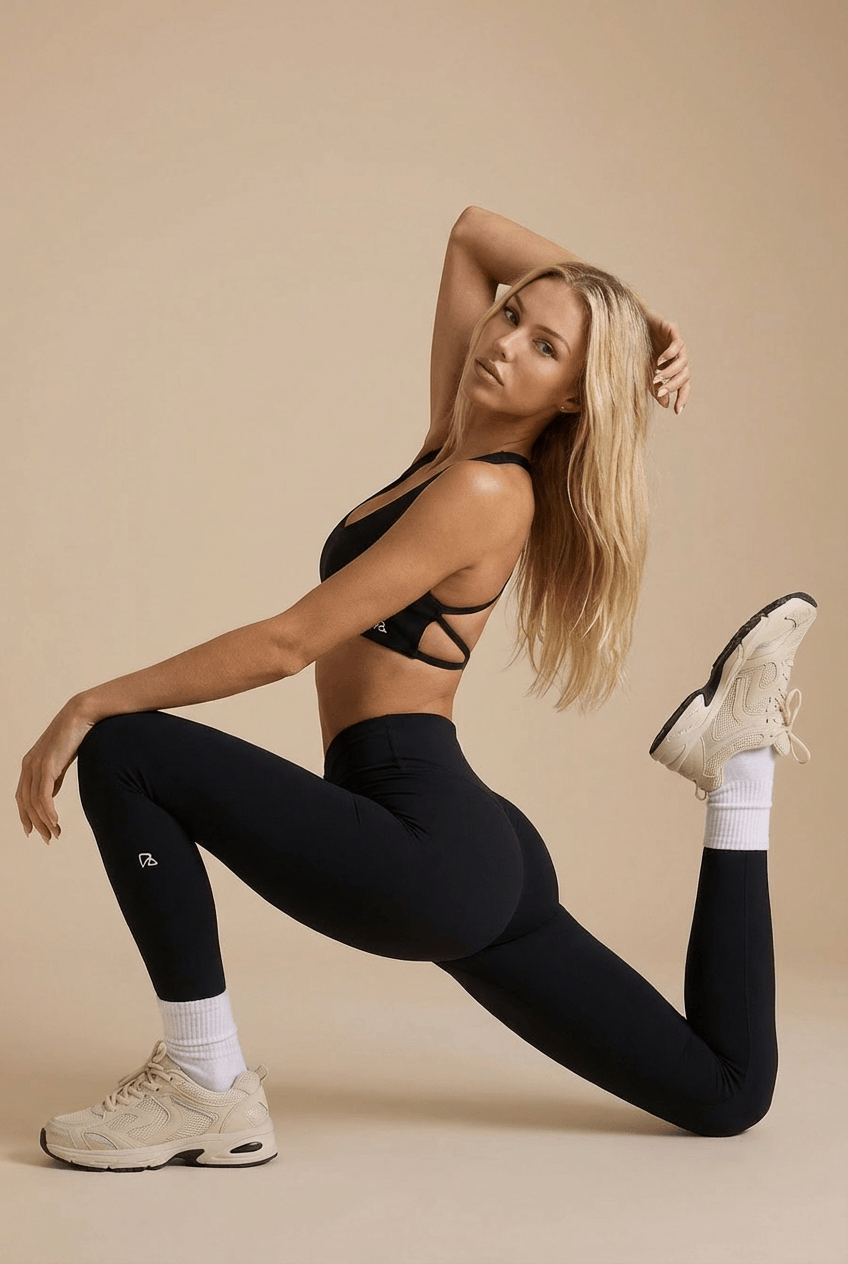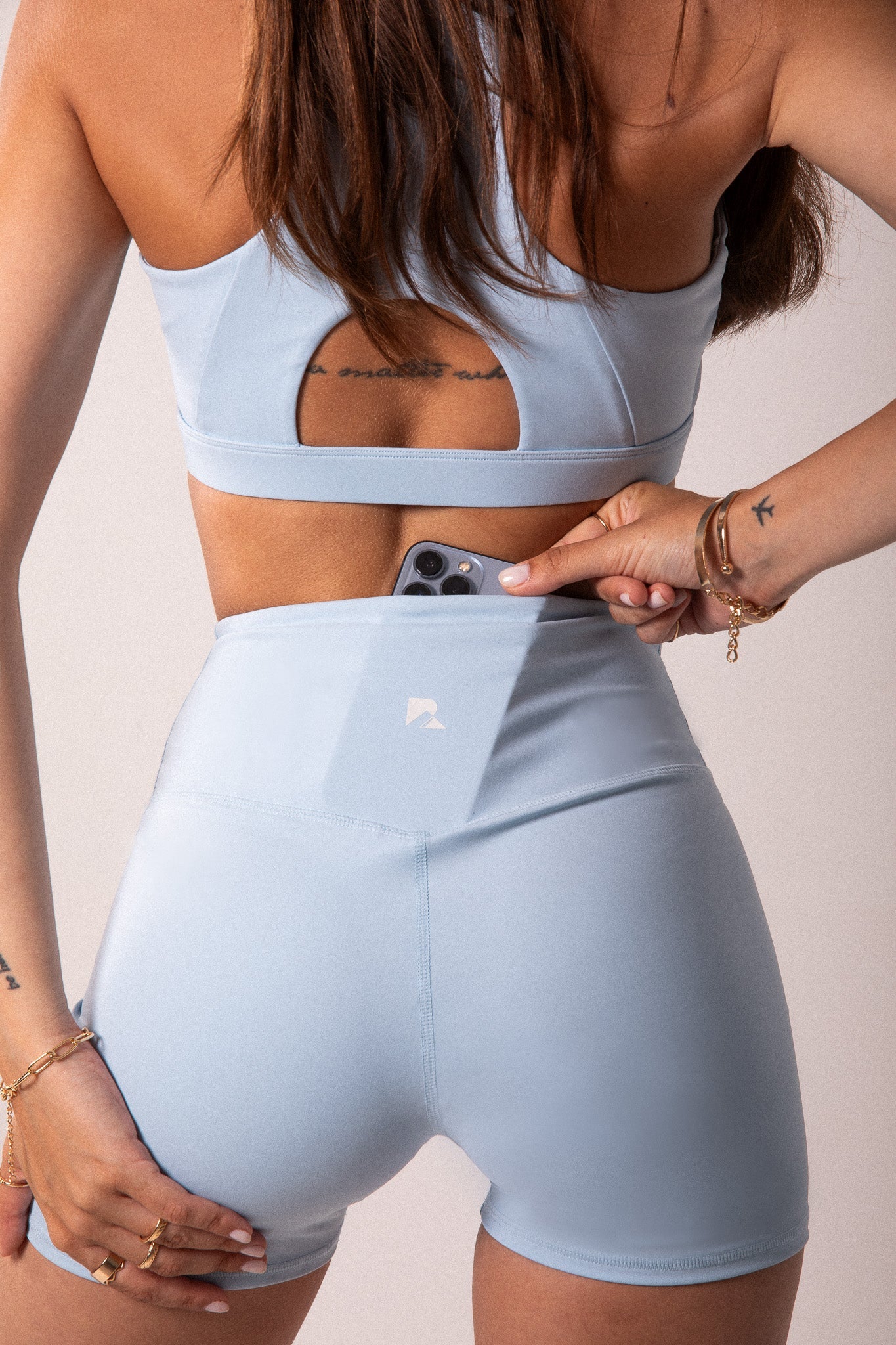What Shoes Do Eliud Kipchoge Wear?
In an era marked by corporate wrongdoing and widespread distrust of prominent corporations, large multinational businesses often face criticism and scrutiny for various forms of misconduct.
Nike, for example, started by selling footwear to distance runners seeking faster times. Over the past century, they have consistently pursued the next leap forward in enhancing human performance through incremental advancements, many of which are quickly imitated by competitors. This relentless drive for high-tech cushioning eventually sparked a counter-movement, leading many purists to reject the "super-shoe" trend in favor of Barefoot running shoes that prioritize natural movement over mechanical assistance.
The champion of the 2019 New York City Marathon and the world’s fastest marathoner share several commonalities: both are from Kenya, train together, and wear the same Nike Vaporfly running shoes.
Nike’s Vaporfly shoes exemplify the company’s commitment to innovation, showcasing how cutting-edge technology can significantly impact athletic performance. However, as with any major corporation, Nike’s practices and products are continually examined from various angles, reflecting the broader challenges faced by multinational businesses in today’s climate.
Geoffrey Kamworor donned the shoes on November 3, when he completed the New York marathon in about 2 hours and some minutes. Eliud Kipchoge, who possesses the world marathon record, wrapped a Vaporfly model when he ran the first sub-2-hour marathon ever. In fact, the $300 shoes, which come in light green, orange, and pink, have been included in almost every major running tournament for the past few years.
But some athletes and researchers believe the footwear presents an unfair advantage, with both independent and Nike-sponsored pieces of research validating that the shoes enhance athletes' operational efficiency by 6% or more, which produces significant dividends in marathon-length distances.
American runner who finished amongst the top 10 in the 2019 Chicago marathon gave an update on the footwear, and he claimed it felt like moving on trampolines. The mystery is in the sole of the shoe, which was invented to help runners get the most forward going for each stride or to run faster for the same "energy expenditure."
In addition to safeguarding the feet from the impact of hitting the ground, it also liberates energy to launch athletes forward. The mid of the sole serves as a spring, hardening when an athlete lands, saving the energy from the footstrike and increasing again to return that stored energy into the ground to propel them forward.
Traditional running shoes generally use ethylene-vinyl acetate foam, which returns about 65% of the energy you put into it, and the Vaporfly, by contrast, uses a new type of foam called Pebax, which is about 87% efficient. The addition of the carbon-fiber plate allows the Pebax foam to compress and expand quickly.
According to a study handled independently of Nike, it was observed that the Vaporfly shoes increased an athlete's running speed by 4.5% compared to Adidas Adizero Adios 3 shoes. Another independent study looked at early Vaporfly models in November 2017 and reached the same conclusion: "The prototype shoes lowered the energetic cost of running by 4% on average," the researchers wrote.
About two years later, that forecast came true. Meanwhile, around October, Kipchoge finished the Ineos marathon challenge marathon in Vienna. An exhibition arranged specifically to attempt a sub-two-hour marathon.
Kipchoge was acclaimed to be wearing a model of the Nike Vaporfly, called AlphaFly, that hasn't hit the market. Although Kipchoge's below 2-hour marathon race didn't place a new world record because of IAAF rules, he smashed the world marathon history record in 2018 donning the Vaporflys. In September, when Kamworor recorded the fastest half-marathon in 58 minutes and 1 second, he was putting on the Vaporflys. The shoes had loads of other fans as well, and in 2019, athletes wearing Vaporflys alleged 31 out of the 36 male and female podium spots in the six biggest marathons around the world.
Comparing the trend of Vaporfly to the swimming races at the 2008 Beijing Olympics, in which contestants recorded 25 world records. That year, 95% of the Olympic field athletes wore the Speedo's LZR Racer swimsuit, a full-body sleeve of polyurethane produced to mimic skin of a shark.
It was called 'technology doping, "Even athletes that didn't wear Speedo had to switch to wear the suit, or there was no chance of them competing. In 2009, the International Swimming Federation forbade all full-body polyurethane suits, including the LZR.
For close to 20 months towards the end of the 2000s, the swimming world went through a golden age. Within 2008 and 2009, more than 150 world records were broken over all distances and strokes. American swimmer Michael Phelps was in his prime, and after the 2008 Beijing Olympics, there remained just four events records that weren't shattered, which includes the men's 1,500 and 400-meter freestyle and women's 100-meter butterfly and breaststroke.
Several records set in this period remain today, with swimmer’s incapable of matching the previous generation's achievements. But the short period of success was sunken in controversy, as the swimming's record-breaking periods were largely down to speedo.
By the time it became aware to the swimming world at the championships in 2009, FINA had stepped up to issues raised around the standards of using high-tech swimsuits to defeat the previous best efforts of humans. The governing body examined almost 500 samples of the swimsuits and passed 202 for usage in the event. At the inception of 2010, it launched new guides on the coverage and materials of suits, effectively placing bans on the performance- enhancing technologies.
The progress of Nike's trainers has distributed the running community, with experts saying they improve human performance beyond advancements and amount to "doping in technology. Now, ahead of the Olympics scheduled for Tokyo later this year, World Athletics’ governing body has mediated, declaring new rules on what is admitted from running shoes.
The laws assert that starting from April 30, any footwear must have been prepared for purchase for four months before it can be used in games and tournaments, and models of it cannot be used during races. More importantly, the governing body of athletics ruled that Nike's Vaporfly footwear and the records that were broken using them would stand, and they won't admit a future pair of AlphaFly trainers being used as a trail in the Olympics. The new laws state that the feet of the shoes must not be thicker than 40 millimeters and can't accommodate more than one piece of carbon fiber in the form of a plate. How do you feel these rules would evolve, and how effective would this be with shoemakers? Our fingers are crossed till the Olympics.
And with that, we come to the end of today's video. Let us know your thought the controversy behind Nike’s vaporfly shoe down in the comments. Also, make sure to leave a like on this video and subscribe to the channel if you're new. Thanks for reading. See you in the next one!
Interested in other great running shoes? Check out recent post on the Best Barefoot Running Shoes from Nike.



1 comment
Racing and training shoes